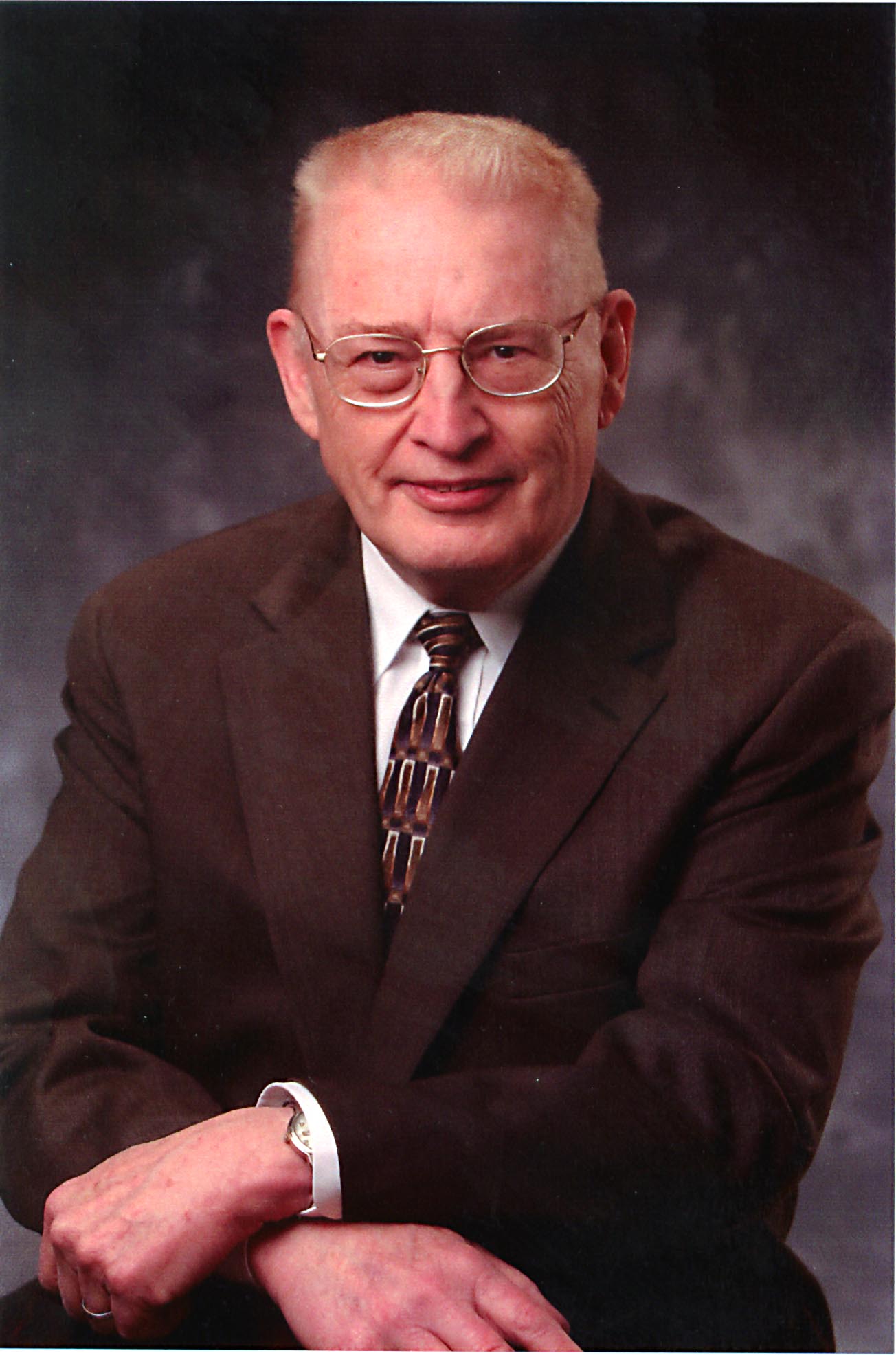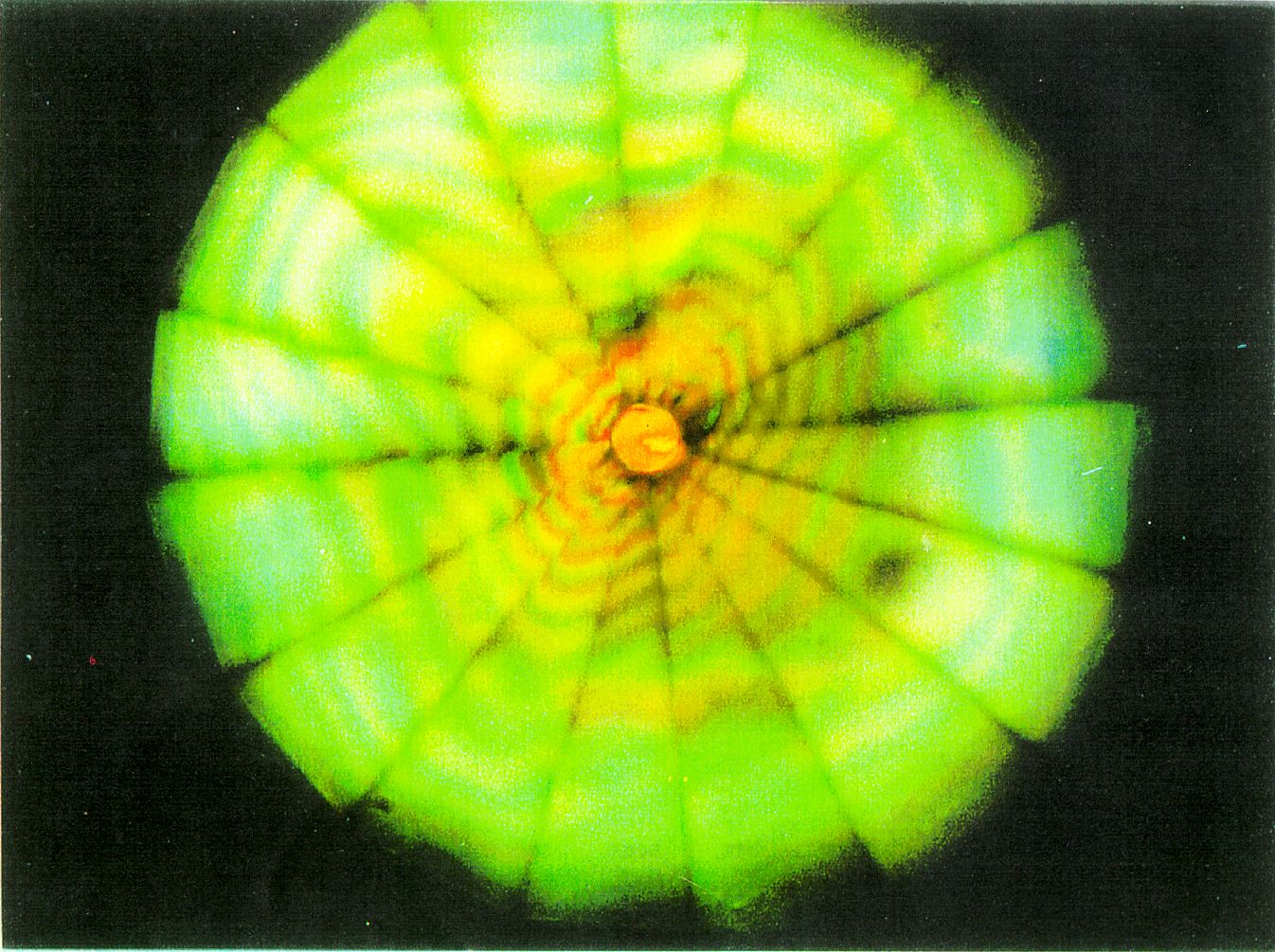X-RAY RUNS: Apply for Beamtime
2017 Nov 1 - Dec 21
2018 Feb 7 - Apr 3
2018 Proposal/BTR deadline: 12/1/17
2018 Apr 11 - Jun 4
2018 Proposal/BTR deadline: 2/1/18

Professor
Arthur L. Ruoff
Contact: E. Fontes (ef11@cornell.edu)
Ithaca, NY -- The life and career of Arthur L. Ruoff was celebrated on September 18, 2006 on the occasion of his 50th anniversary as a Cornell Professor. Ruoff, the Class of 1912 Professor of Engineering, was honored by fifteen speakers who recalled fondly his career as both an innovative scientist in the field of high-pressure research and a dedicated educator and advisor.
Organized by former students and his home department of Materials Science and Engineering (MS&E), the speakers were mostly related to Ruoff as one of his 43 former graduate students or 19 post-doctoral research associates, fellow faculty or collaborators – from the US and abroad. Among the list were former students, many now professors and industrial scientists, were Prof. M. Baublitz (1982) from Boston University, Dr. S.J. Duclos (1990) from General Electric Company and Prof. Y.K. Vohra (1992) from the University of Alabama. Baublitz was the first scientist user of the high-pressure x-ray facility started by Ruoff at the Cornell High Energy Synchrotron Source, CHESS. Also paying tribute were Cornell Professors Roald Hoffman and Neil Ashcroft, and Ruoff’s son Rodney Ruoff who is the John Evans Professor of Nanoengineering at Northwestern University.
Ruoff was a founding member of the MS&E department in 1965 and focused his career on studying materials under high pressure. He is a master of designing and building diamond anvil cells and squeezing small specimens to very high pressures. In the 1990s he reached a static pressure of 416 GigaPascals (GPa), becoming the first scientist to every reach a static pressure greater than the center of the earth (360). Among many topics, his group studied virtually all the alkaline chalcogenides [1], was the first to obtain x-ray diffraction patterns above 200 and 400 GPa for a variety of elements [2-5], and created and studied the stable phases of metallic oxygen, metallic xenon, and metallic sulfur [6-9]. Ruoff commented that “the chalcogenides showed an interesting correlation with ionic radii which would have pleased Linus Pauling”. By 1998 he had disproved theoretical expectations that hydrogen would form a metal at expected pressures [10] and, along the way, reached upwards of 560 GPa [11], the highest man-made static pressure to date.

Polarized light
photograph of a solid
hydrogen specimen
inside a faceted diamond-anvil
cell. The solid piece of
hydrogen is 10 microns in
size, glowing yellow inside the
20 micron cell volume
at center. If the hydrogen were
metallic it would not
transmit light and appear black.
[From
reference 10]
Surveying a wide variety of materials like this was bound to turn up surprises. For instance, about xenon, an inert gas at standard atmospheric conditions, Ruoff recalls “we studied the FCC to HCP phase transition up to 170 GPa and found xenon turning metallic at 140 GPa, with no noticeable volume change in the HCP phase.” The acronyms refer to arrangements of the atoms in crystal lattices that are either face-centered-cubic or hexagonal-close-packed. “It was a beautiful study. When metallized, xenon looks sky blue because an indirect bandgap transition (in the electronic structure) allows it to absorb red light. Theory calculates it nicely.” As a second example, it was a long held opinion that all elements, at very high pressures where they become metallic, would assume close-packed arrangements with twelve nearest neighbor atoms. Ruoff’s group showed that they instead formed body-centered structures with only eight nearest neighbors.
His outstanding achievements garnered praise in science and education circles. In 1993 Ruoff was awarded the prestigious Bridgman Medal for outstanding high-pressure research, citing his work in high-pressure phenomena, particularly insulator-to-metal transitions and x-ray diffraction studies at pressures in the multimegabar regime. In 1956 he won the Westinghouse Award for Outstanding Teaching and in 1962 a National Science Foundation Science Teacher Fellowship. He has written two books on materials science and developed audio-tutorial course materials in materials science that have been used at many universities. In addition to being chairman of the MS&E department for 10 years he initiated the Cornell Industrial Affiliates Program, the MS&E News, and the Cornell Ceramics Program. His undergraduate school, Purdue (1952), presented Ruoff a Distinguished Alumnus of Chemistry Award in 2005, and his graduate school, Utah (1955), gave him a Distinguished Alumnus Award in 2004.
Ruoff was a principal investigator on an NSF award in 1987 to develop a national high-pressure user facility at the Cornell High Energy Synchrotron Source. Co-investigators included B.W. Batterman, CHESS founder and first director, D.H. Bilderback, CHESS Associate Director, W.A. Bassett (Cornell Geology) and Y.K. Vohra. This facility grew to encompass two experimental stations. Today scientists from over the world visit to use high-energy x-ray beams as structural probes of materials held inside diamond-anvil cells. Sometimes together and sometimes separately, Ruoff and Bassett have both pioneered new types of high-pressure apparatus, cells, and techniques that shaped the research capabilities of both the x-ray and materials science fields. The facility has trained students and post-doctoral associates who have gone on to help develop similar x-ray-based, high-pressure materials programs at other synchrotron light sources, universities and industries around the world.
“Ruoff is amazingly focused and hardworking, and is a marvelous example of what persistent, creative energy can do for a project” says Bilderback. “He was and is a visionary in high-pressure science and has shown how important studying materials under extreme conditions can be for materials sciences in general”. “The highlight of the symposium evening dinner was Ruoff personally praising the technical help and collaborators for their necessary and critical contributions to his career – he’s a real gentleman in that way”.
Outside his career of applying pressure to diamond-anvil cells, Ruoff has withstood pressure applied to himself as a coach for little league soccer, youth hockey, and two terms as President of the Ithaca Youth Hockey Association! Retired from teaching this past July 1st, Ruoff says he will miss teaching but will continue his active research program and travel more.
References:
1. Narayana, C., V. J. Nesamony, and A. L. Ruoff, Phase transformation of BeS and equation-of-state studies to 96 GPa. Physical Review B, 1997. 56(22): p. 14338-14343.
2. Duclos, S.J., Y.K. Vohra, and A.L. Ruoff, Hcp-to-Fcc Transition in Silicon at 78-Gpa and Studies to 100-Gpa. Physical Review Letters, 1987. 58(8): p. 775-777.
3. Vohra, Y.K., S.J. Duclos, and A.L. Ruoff, High-Pressure X-Ray-Diffraction Studies on Rhenium up to 216 Gpa (2.16 Mbar). Physical Review B, 1987. 36(18): p. 9790-9792.
4. Vohra, Y.K., H.X.H. Luo, and A.L. Ruoff, Optical-Properties of Diamond at Pressures of the Center of Earth. Applied Physics Letters, 1990. 57(10): p. 1007-1009.
5. Ruoff, A.L., et al., Miniaturization Techniques for Obtaining Static Pressures Comparable to the Pressure at the Center of the Earth - X-Ray-Diffraction at 416 Gpa. Review of Scientific Instruments, 1990. 61(12): p. 3830-3833.
6. Reichlin, R., et al., Evidence for the Insulator-Metal Transition in Xenon from Optical, X-Ray, and Band-Structure Studies to 170-Gpa. Physical Review Letters, 1989. 62(6): p. 669-672.
7. Desgreniers, S., Y.K. Vohra, and A.L. Ruoff, Optical-Response of Very High-Density Solid Oxygen to 132-Gpa. Journal of Physical Chemistry, 1990. 94(3): p. 1117-1122.
8. Luo, H., et al., High-Pressure Optical Studies on Sulfur to 121 GPa - Optical Evidence for Metallization. Physical Review Letters, 1991. 67(21): p. 2998-3001.
9. Luo, H., R. G. Greene, and A. L. Ruoff, Beta-Po Phase of Sulfur at 162 GPa - X-Ray-Diffraction Study to 212 GPa. Physical Review Letters, 1993. 71(18): p. 2943-2946.
10. Narayana, C., et al., Solid hydrogen at 342 GPa: no evidence for an alkali metal. Nature, 1998. 393(6680): p. 46-49.
11. Ruoff, A.L., H. Xia, and Q. Xia, The Effect of a Tapered Aperture on X-ray Diffraction from a Sample with a Pressure Gradient: Studies on Three Samples with a Maximum Pressure of 560 GPa. Rev. Sci. Instr., 1992. 63
